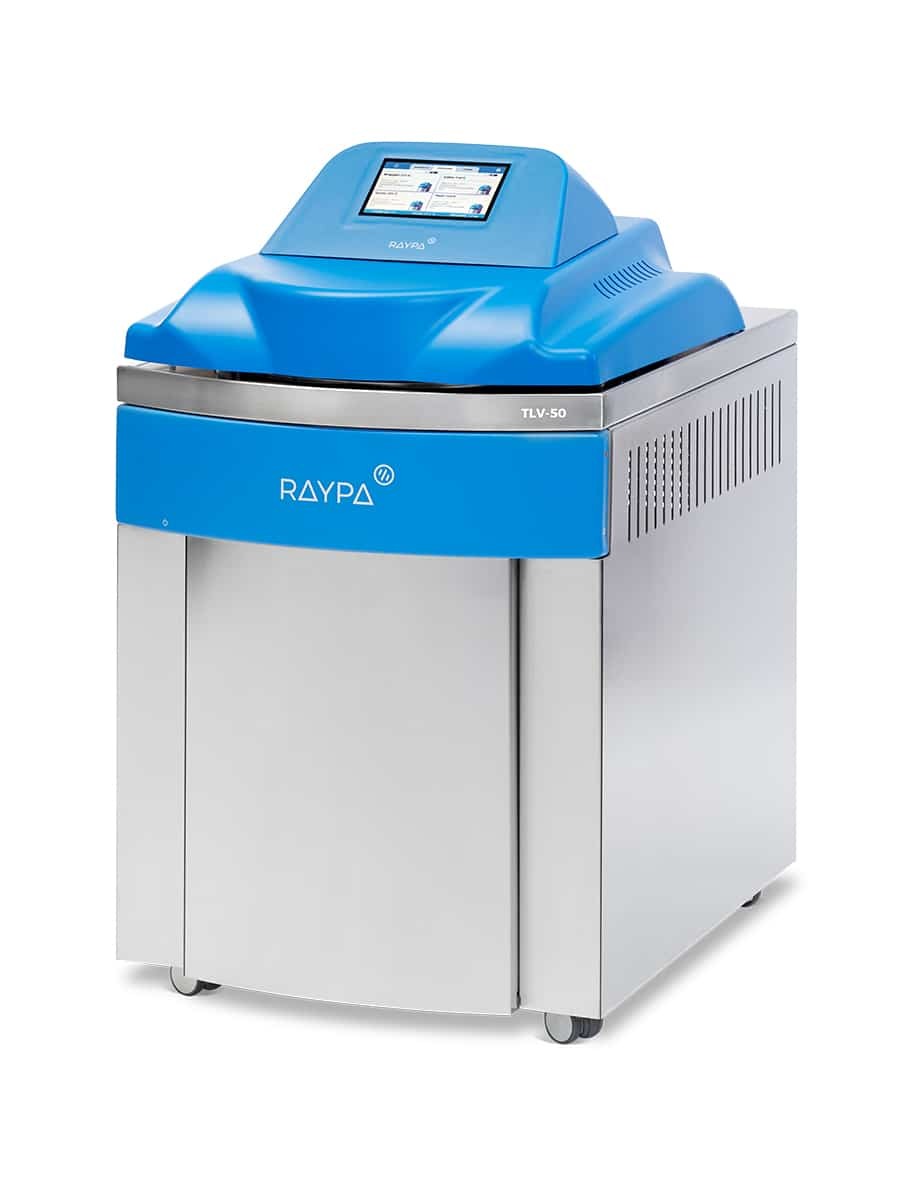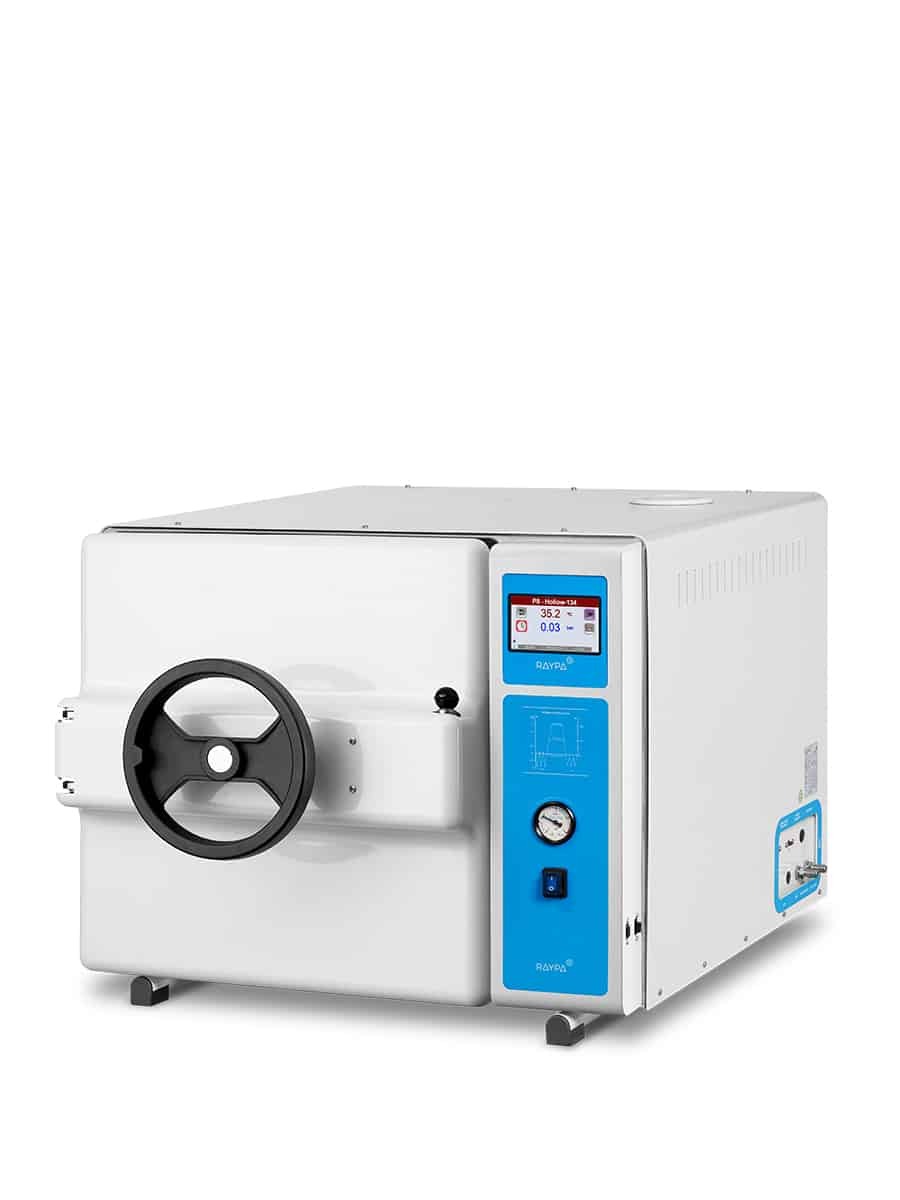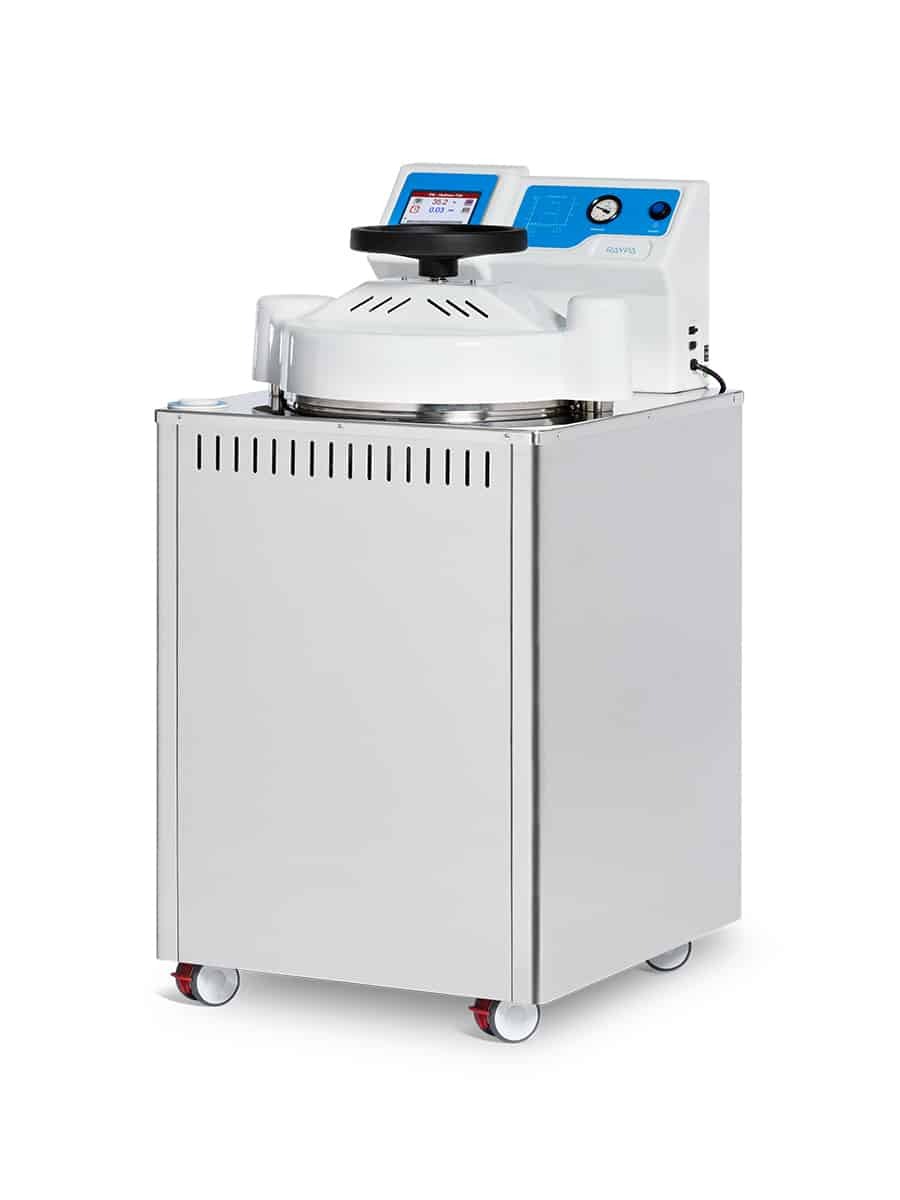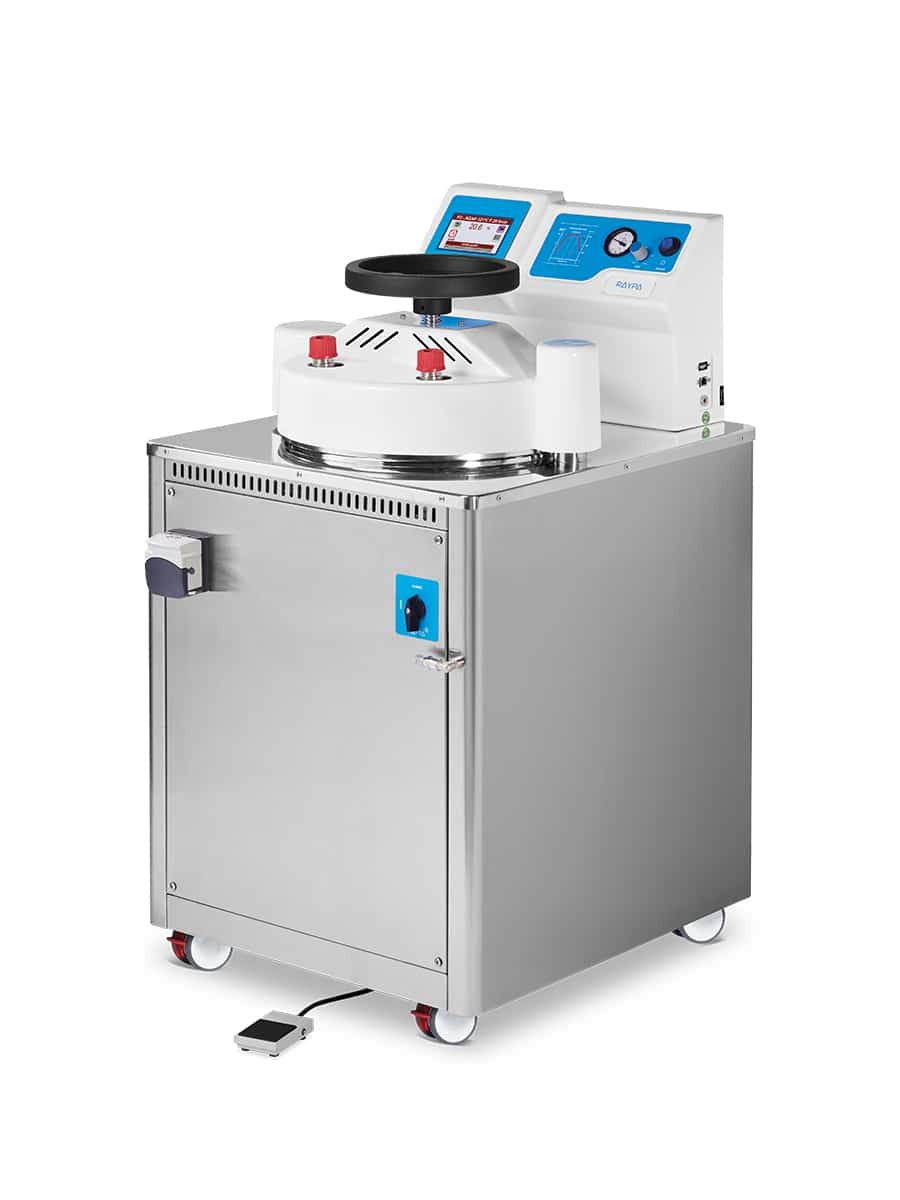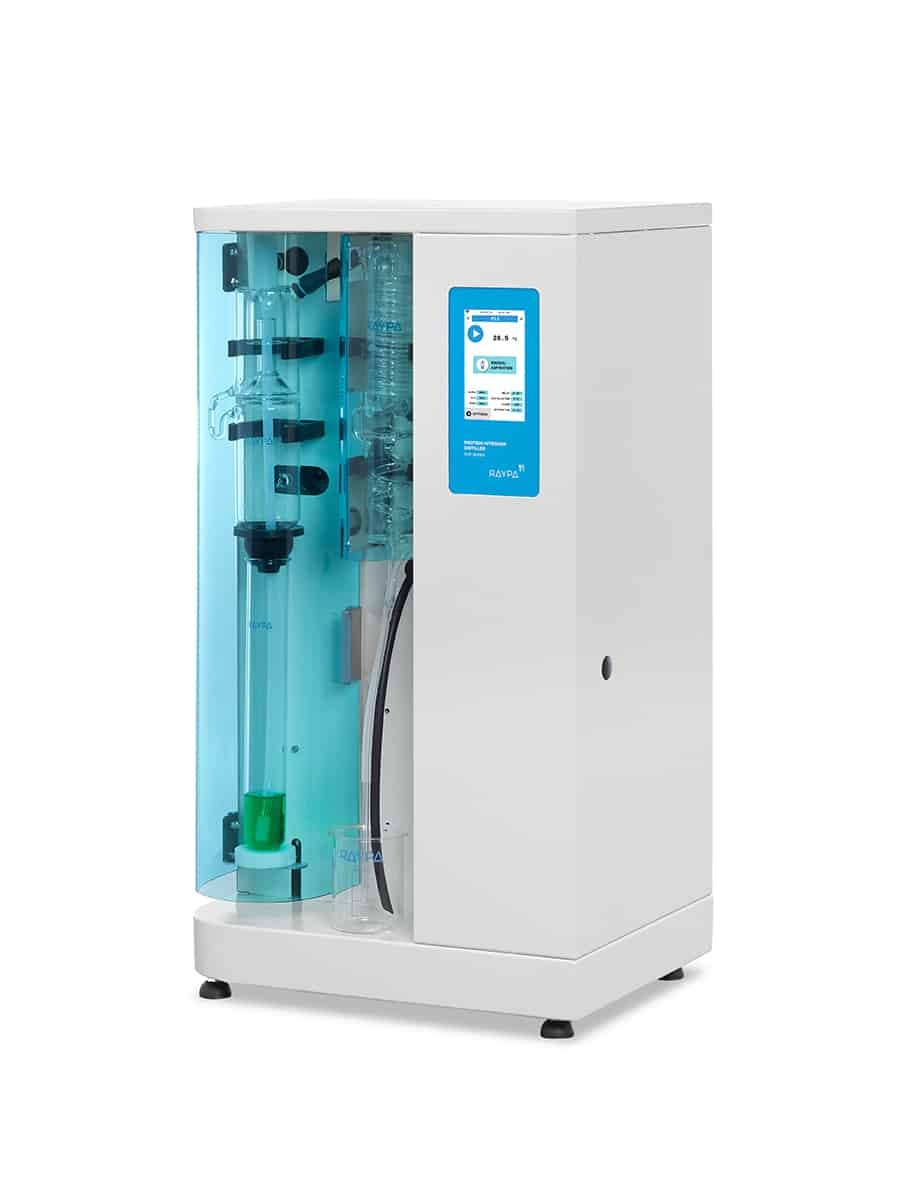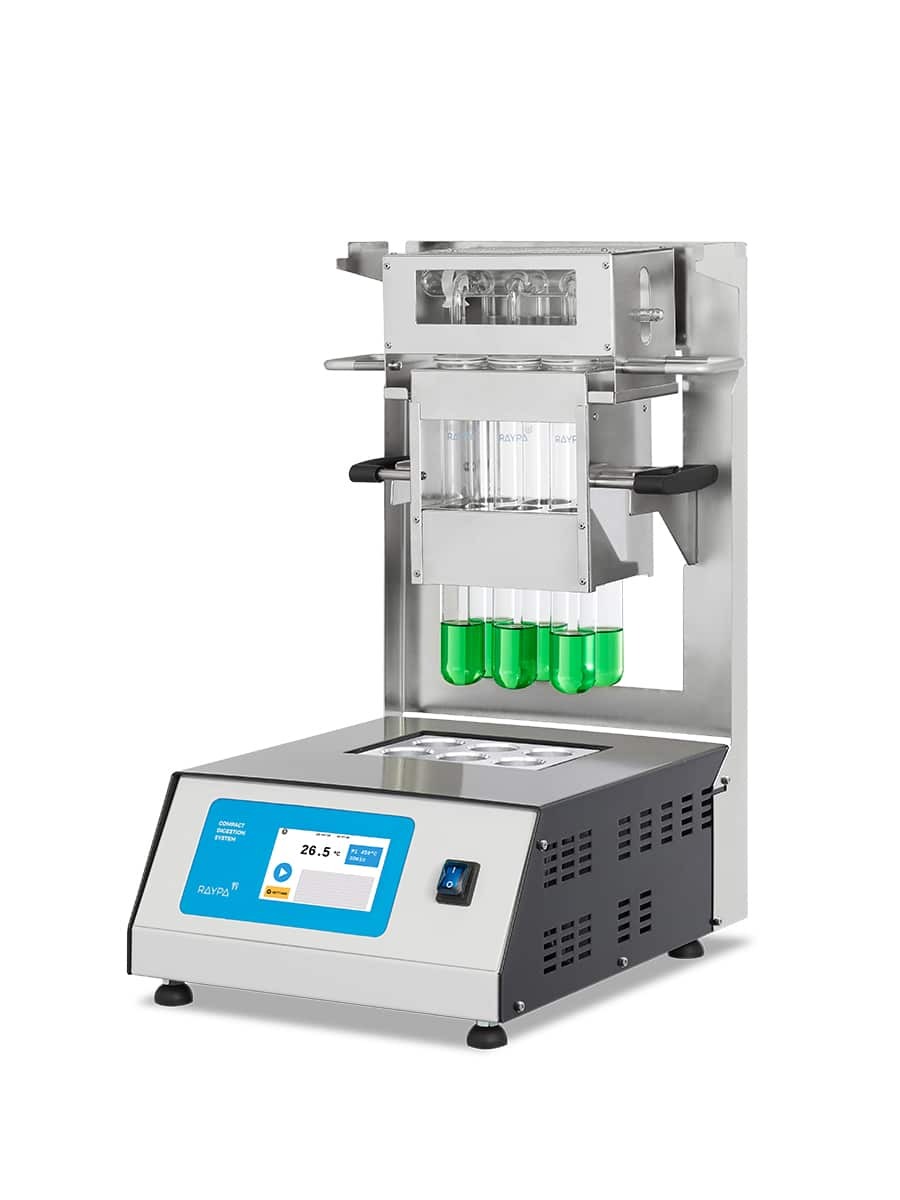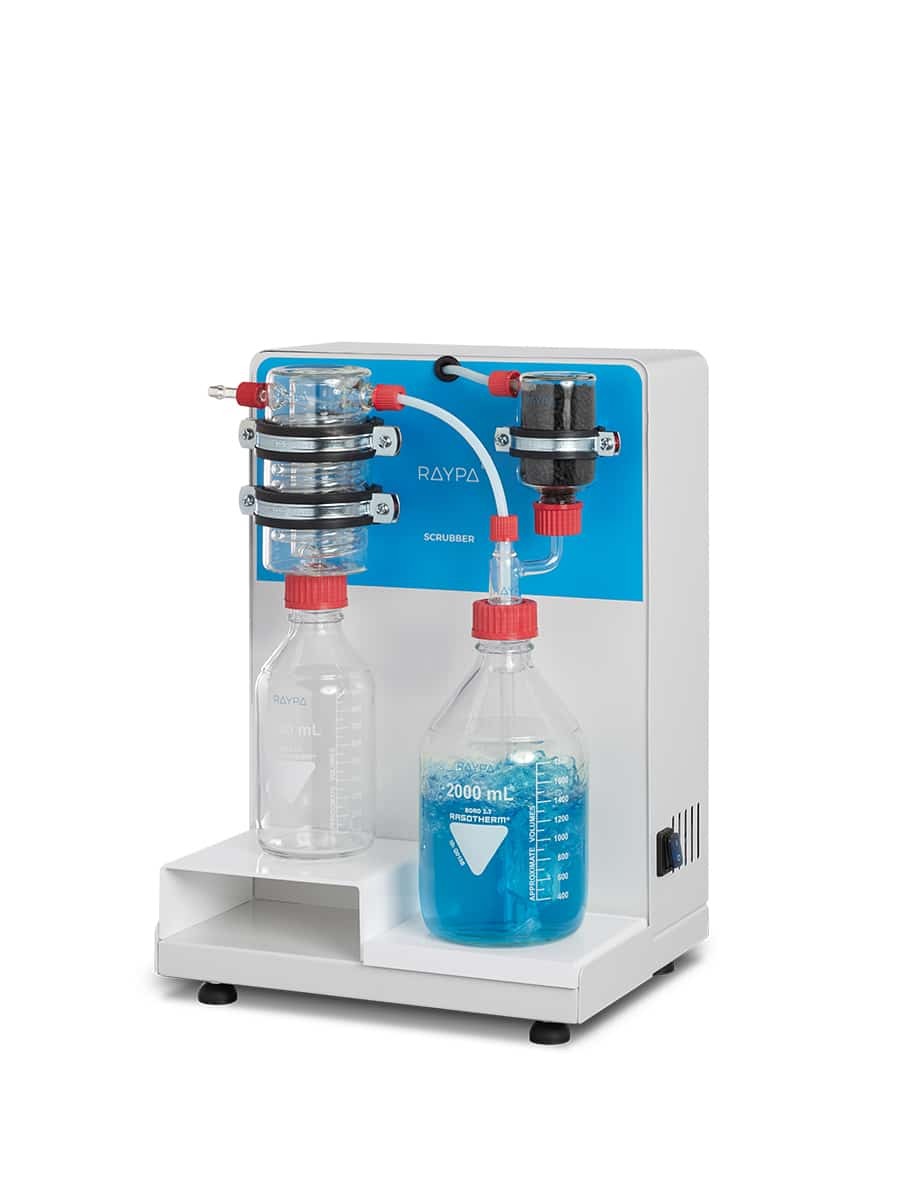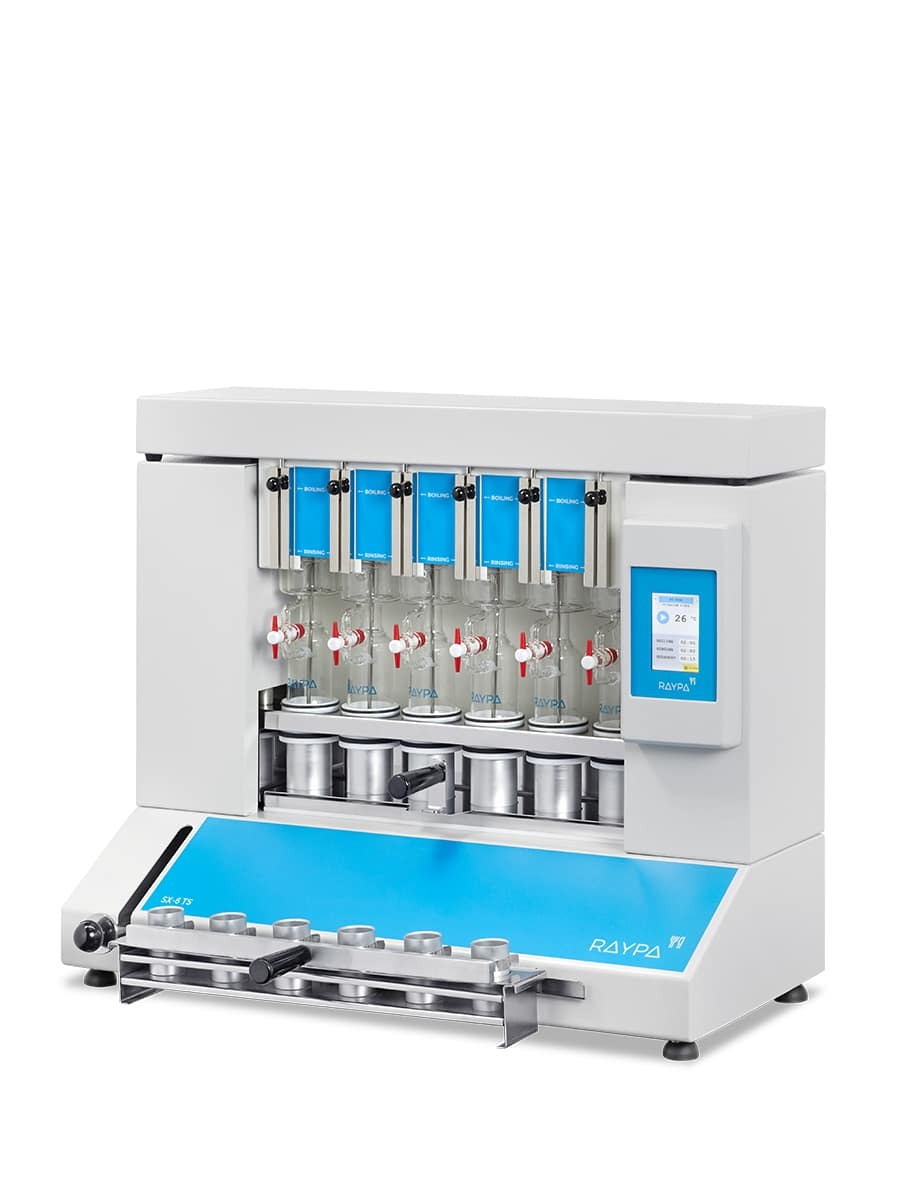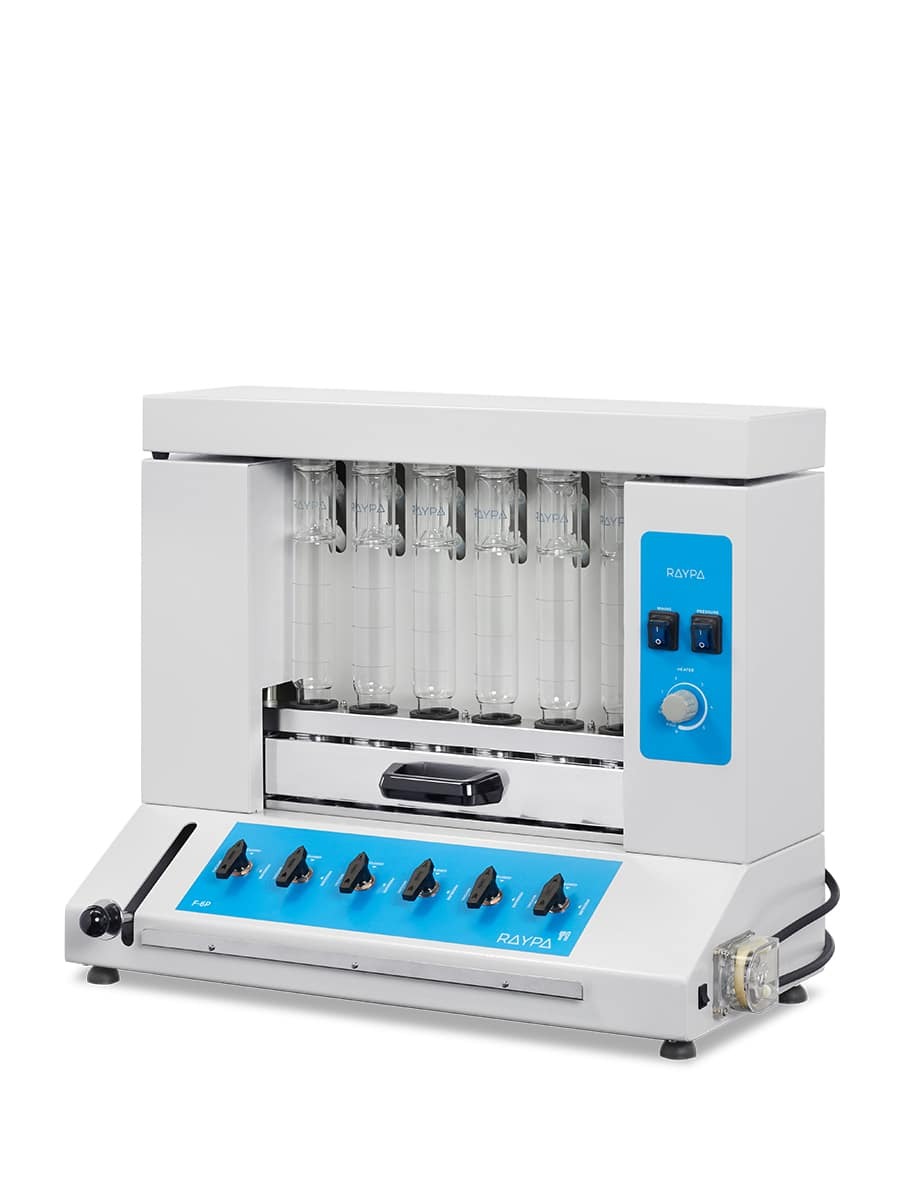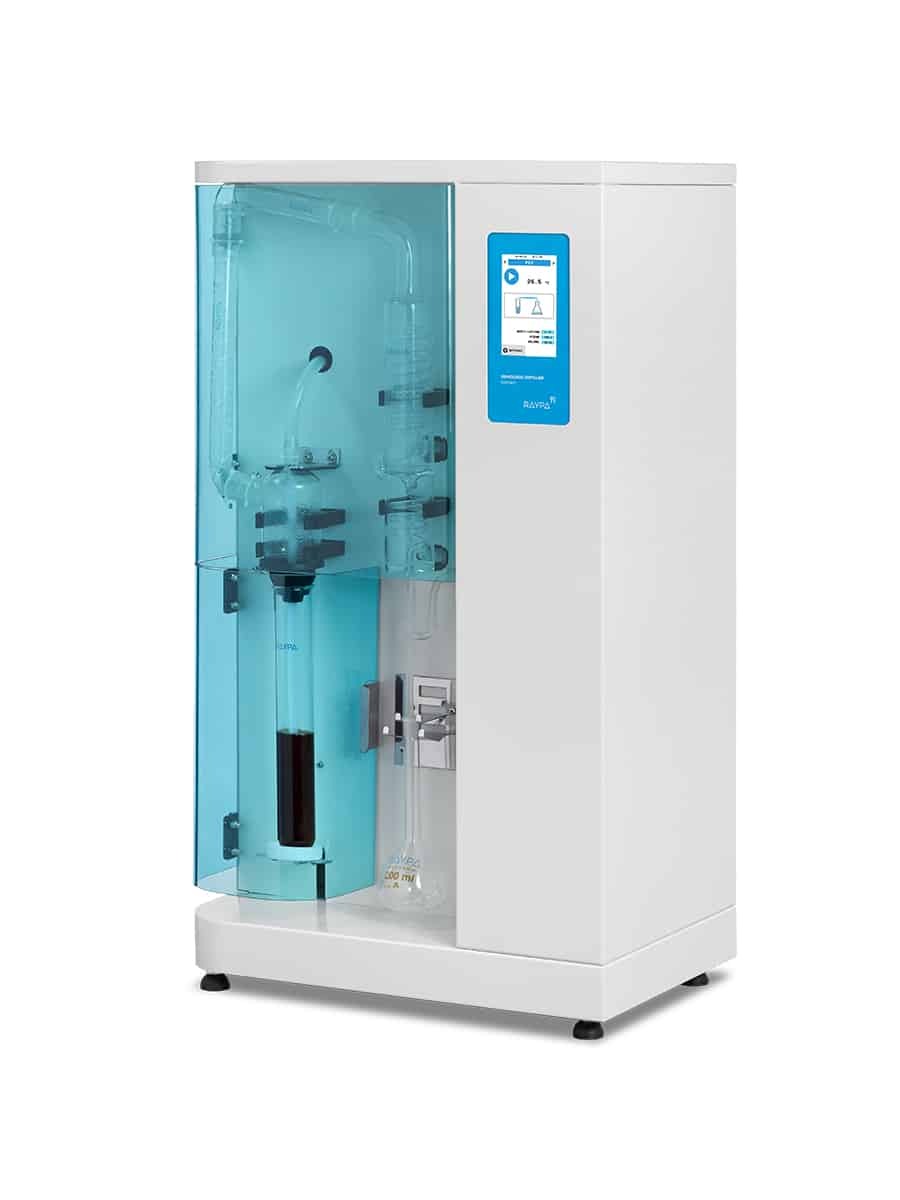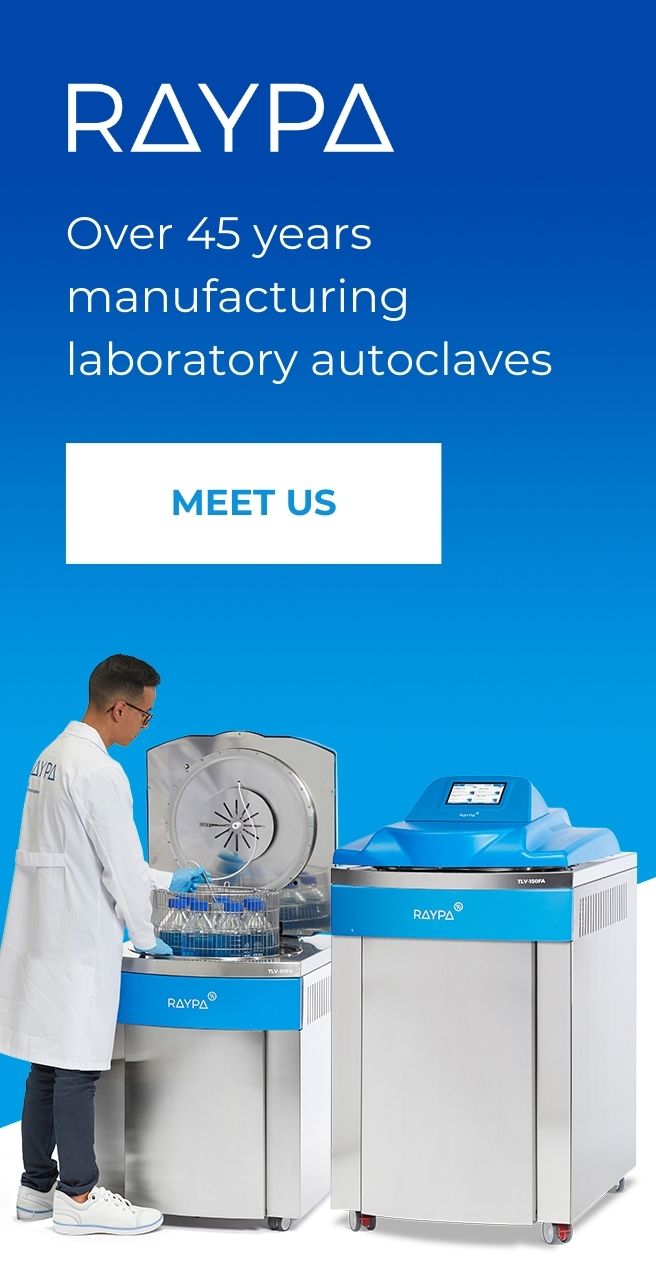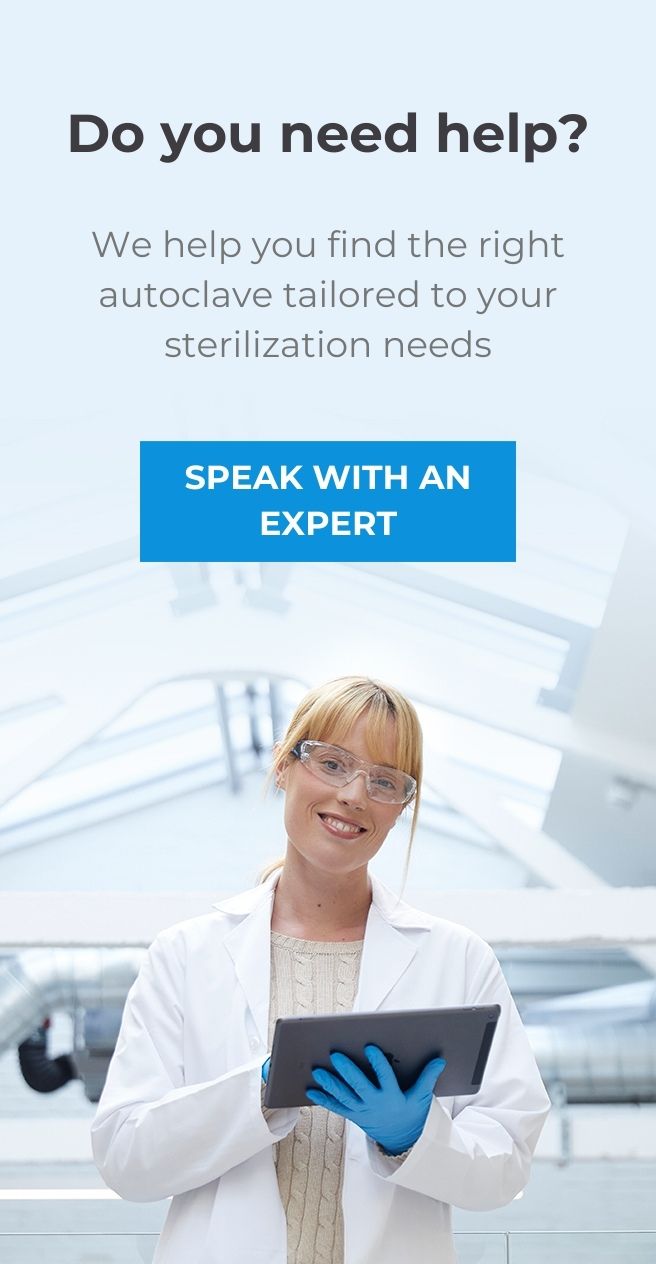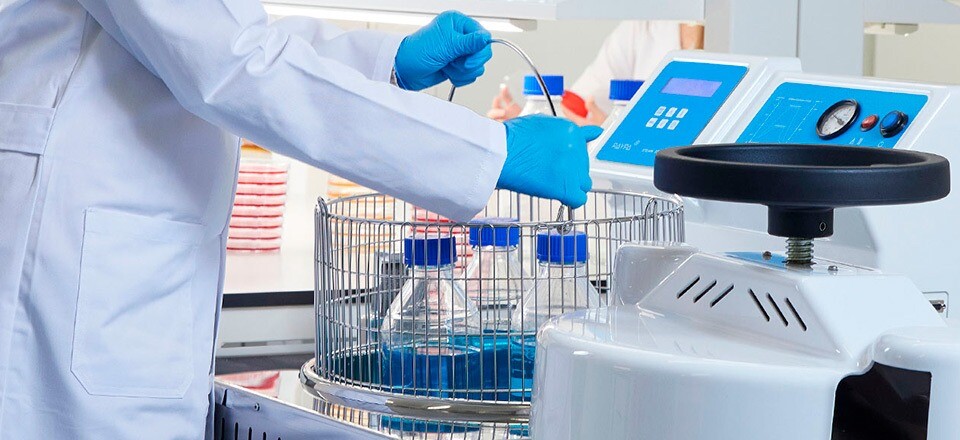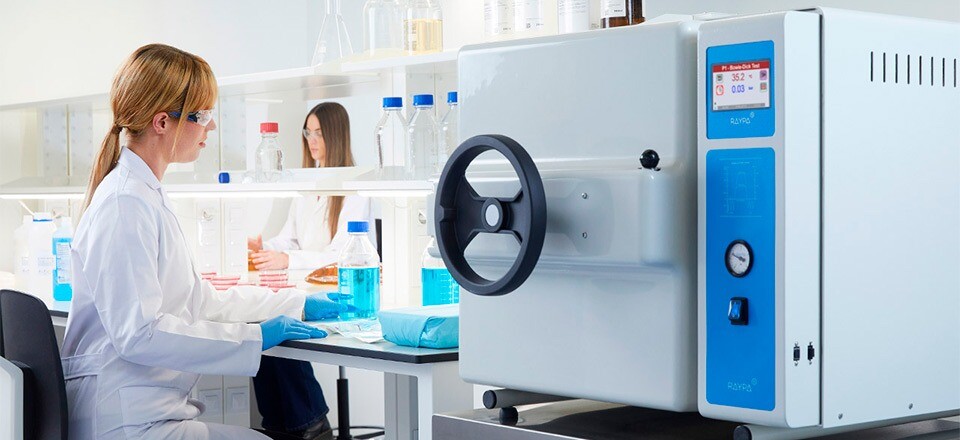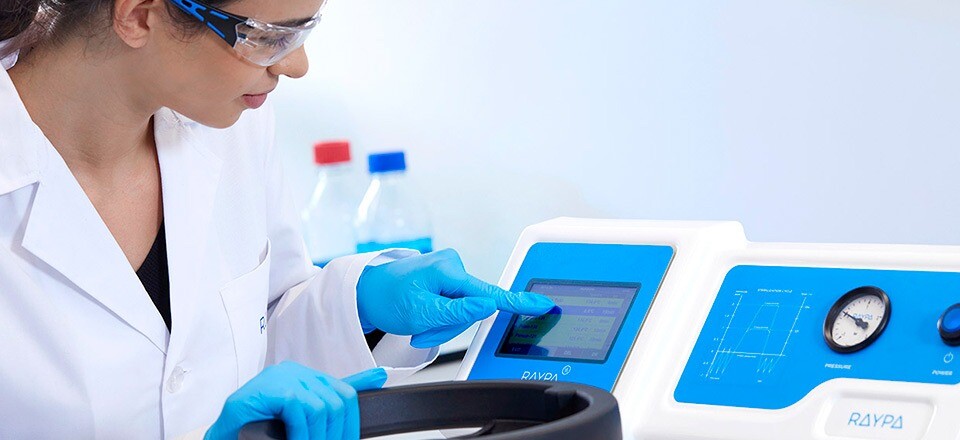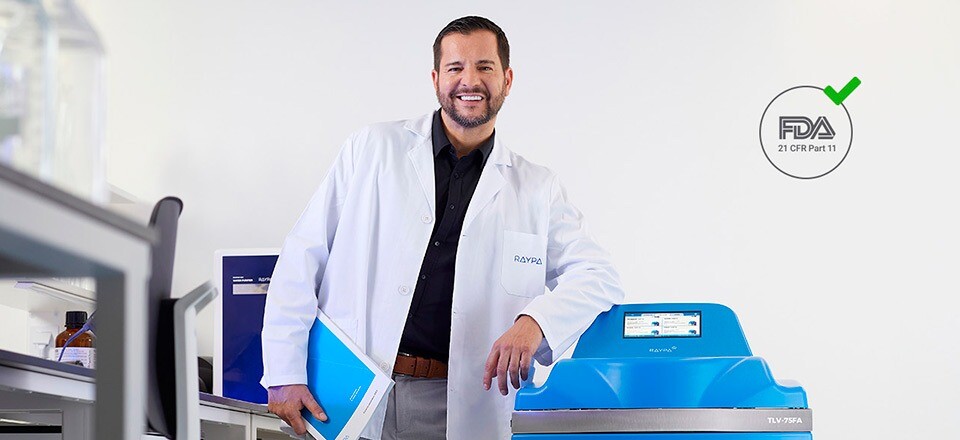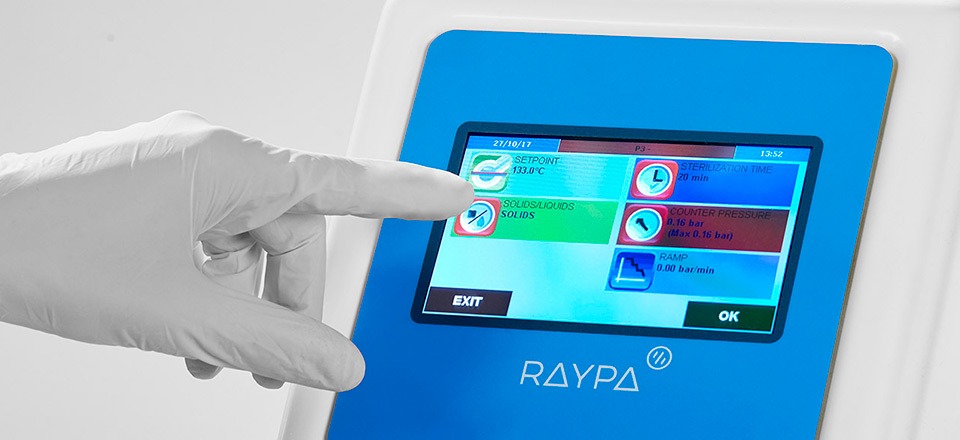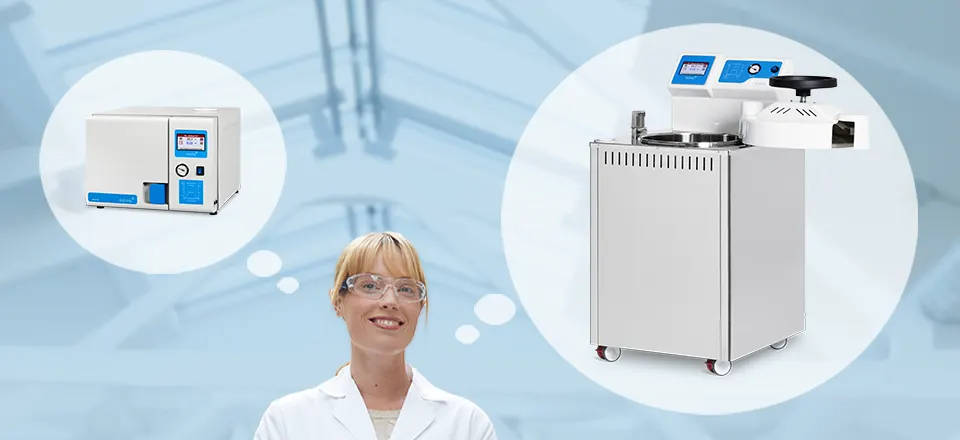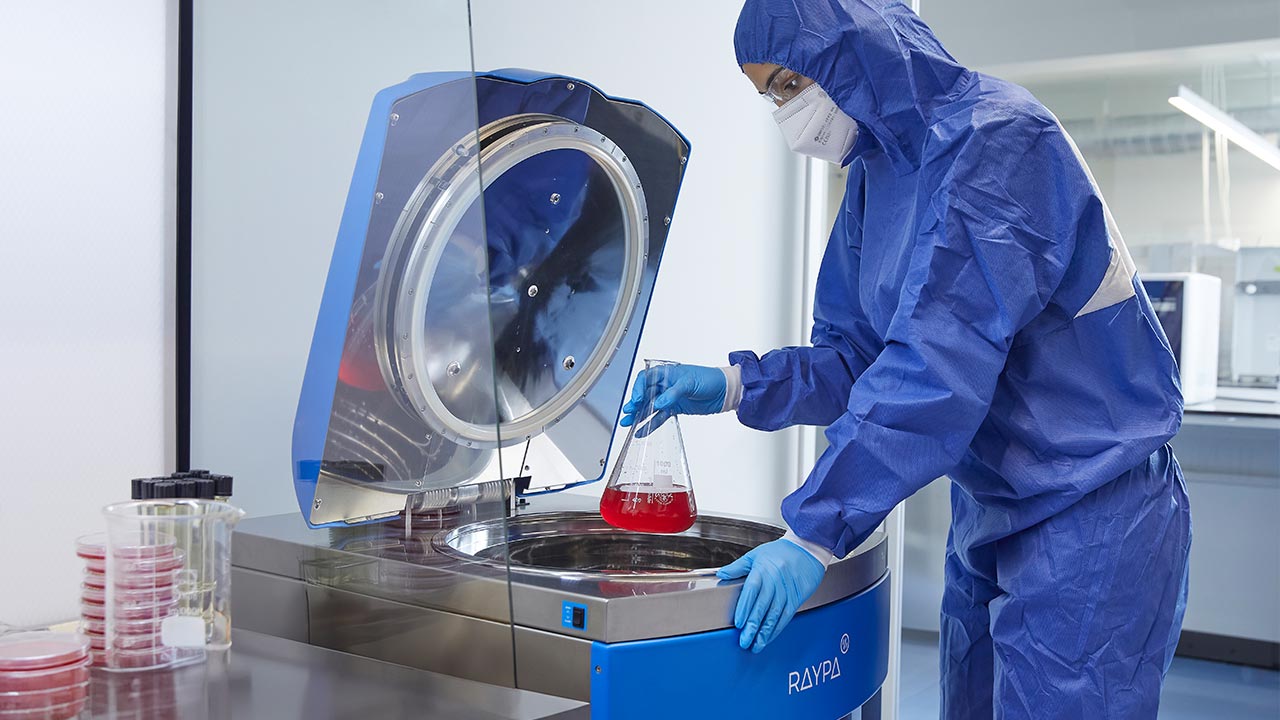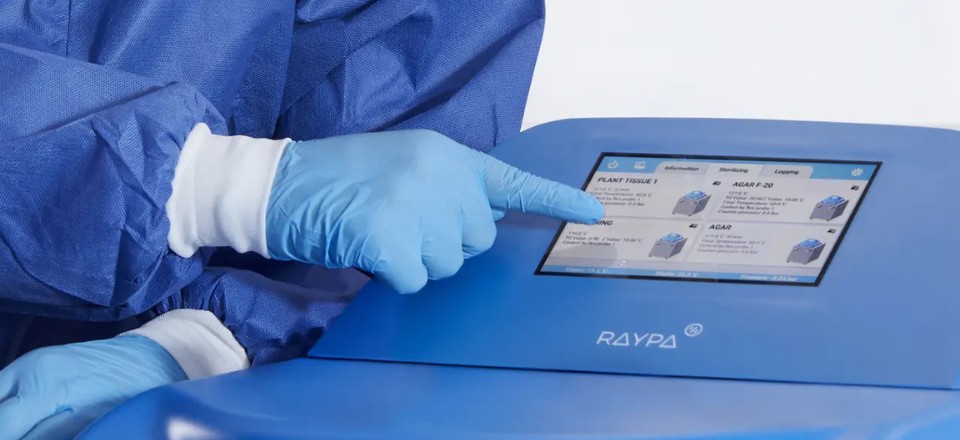How to clean an autoclave? Everything you need to know
Proper cleaning and maintenance of an autoclave ensure its efficiency and safety. Discover everything you need to know to prevent damage and optimize its performance.
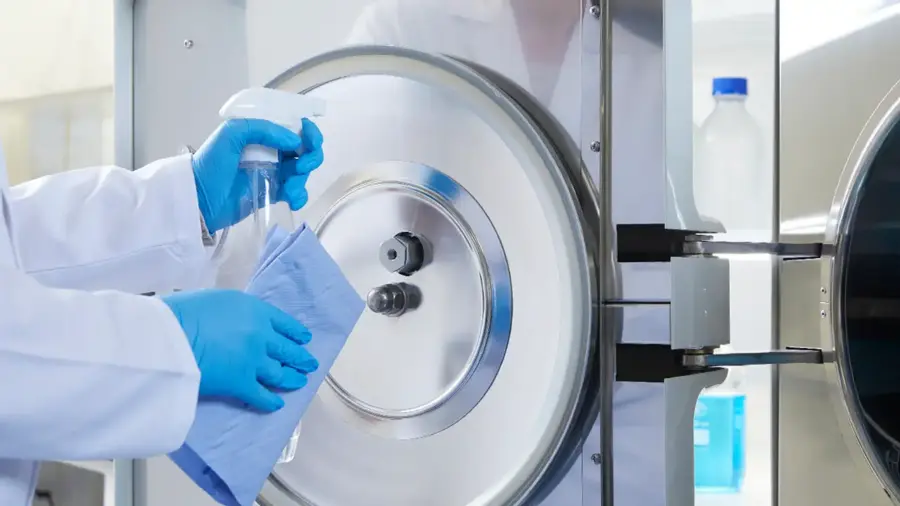
The efficiency and operational safety of an autoclave—an essential piece of equipment for sterilizing medical instruments, laboratory tools, and other critical environments—are intrinsically linked to the rigorous implementation of proper care and cleaning practices.
The accumulation of residues can not only negatively affect the performance of the equipment but also pose a significant risk to operator safety and the integrity of the sterilization process.
This article aims to provide a comprehensive guide on cleaning and maintaining autoclaves, covering general considerations as well as specific recommendations to ensure the durability, reliability, and effectiveness of these devices.
Always refer to the manufacturer’s manual
The first step should always be consulting the specific user and maintenance manuals for the equipment in question. These documents provide detailed information on routine care practices, appropriate consumables, and technical installation specifications.
Additionally, following these guidelines helps maintain the validity of the equipment’s warranty and ensures that all procedures align with industry standards and regulations.
What products are needed to clean an autoclave?
To prevent damage to the equipment and ensure optimal performance, it is essential to use specialized cleaning products that do not compromise the integrity of its components.
Avoid using materials or substances that may be abrasive or corrosive to the autoclave.
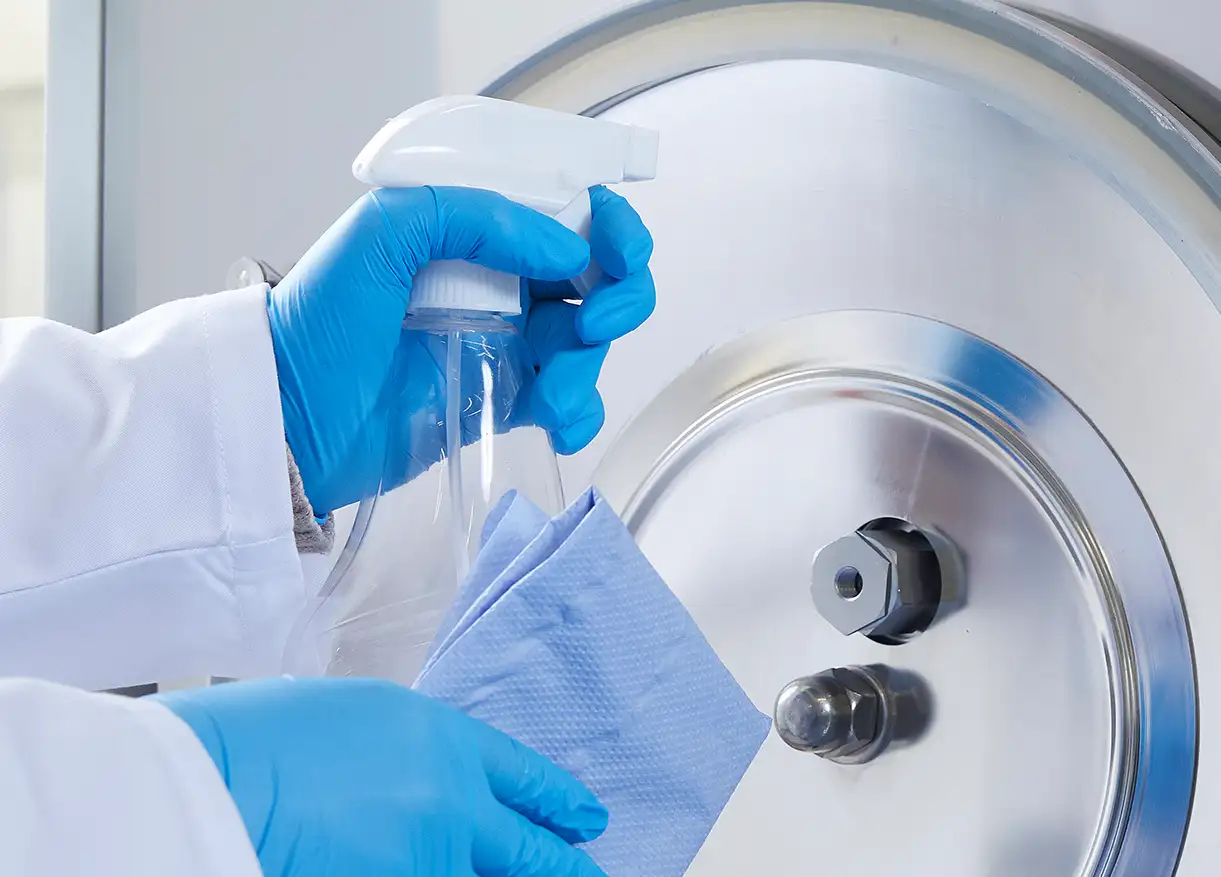
Some recommended products for cleaning an autoclave include:
- Soft cloths or cotton towels.
- Distilled water to prevent mineral buildup that could clog the drainage valve.
- Neutral detergent or a non-abrasive cleaning product recommended by the manufacturer.
- Protective gloves for the user.
What does autoclave cleaning involve?
Routine cleaning consists of a series of simple manual operations that must be performed carefully to avoid damaging the equipment. It is important to follow general precautions such as:
- Avoiding direct water jets, whether high-pressure or spray.
- Preventing the accumulation of limescale or other residues in the sterilization chamber, lid, and gasket.
Recommended cleaning procedures:
1. Cleaning the gasket, interior of the lid, and external surfaces. To remove limescale deposits from the gasket and the lid’s interior, use a clean cotton cloth dampened with water. For external surfaces, use a soft cloth dampened with water, and if necessary, add a small amount of neutral detergent.
In both cases, it is crucial to thoroughly dry all surfaces and remove any remaining residue before using the autoclave. Occasionally, external surfaces can also be disinfected with denatured alcohol.
2. Cleaning the sterilization chamber and accessories. To clean the sterilization chamber, heating element cover, baskets, and internal surfaces, use a clean cotton cloth dampened with water, adding a small amount of neutral detergent if needed. Once finished, carefully rinse all surfaces with distilled water to remove any residue.
Avoid using sharp or pointed objects to remove scale buildup. If significant limescale deposits are observed, check the quality of the water being used.
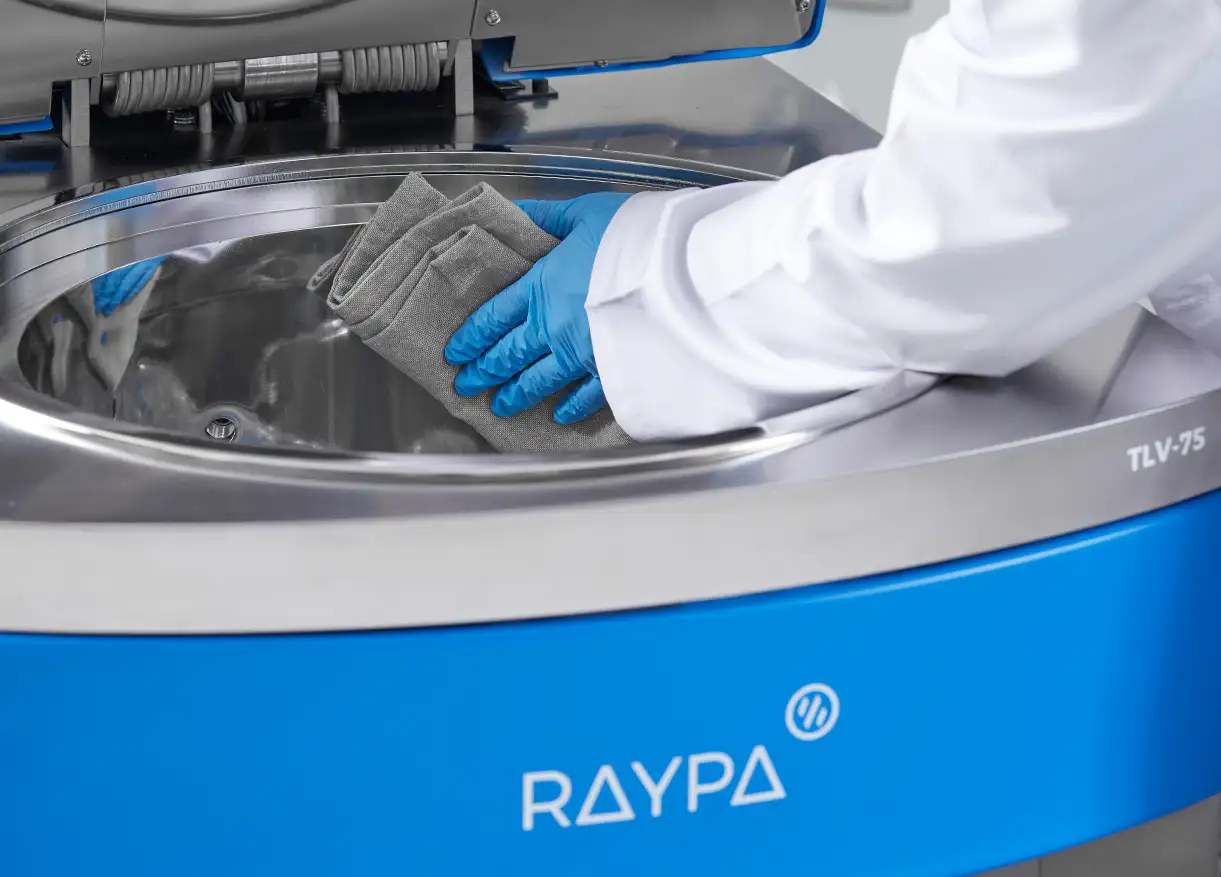
3. Cleaning the water reservoirs. In autoclaves equipped with clean and waste water tanks, these should be emptied and cleaned regularly. It is essential not to empty the tank while the equipment is under pressure, as the steam and hot water could cause burns.
4. Cleaning the drainage filter. With regular use, various types of residues may accumulate in the drainage filter, potentially clogging the system. In such cases, the filter should be removed according to the manufacturer’s instructions and carefully cleaned under running water.
For stubborn residues or to remove larger debris, a pointed instrument may be required. If the filter is clogged with agar, we recommend using hot water. If, after cleaning, the filter remains obstructed or does not show improvement, it should be replaced with an original spare part.
How often should an autoclave be cleaned?
The cleaning and maintenance schedule of an autoclave should be adjusted based on workload intensity and the type of sterilization processes performed.
In general, we recommend the following routine maintenance schedule for your autoclave:
- Daily: Clean the gasket, interior of the lid, and external surfaces.
- Weekly: Clean the sterilization chamber and accessories. Additionally, replace the water in the tanks for models that require it.
- Monthly: Clean the drainage filter.
Maintenance tips after cleaning an autoclave
Regular inspections are essential to proactively identify and address any signs of wear, residue buildup, or equipment malfunctions.
Adopting systematic cleaning practices, along with timely replacement of worn components and precise calibration of the equipment’s controls and sensors, are key aspects of an effective and efficient maintenance program.
The rigorous implementation of these maintenance actions—performed with the necessary frequency and attention—helps extend the equipment’s lifespan, enhances its performance, and ensures safe and effective sterilization processes that comply with the highest quality and safety standards.
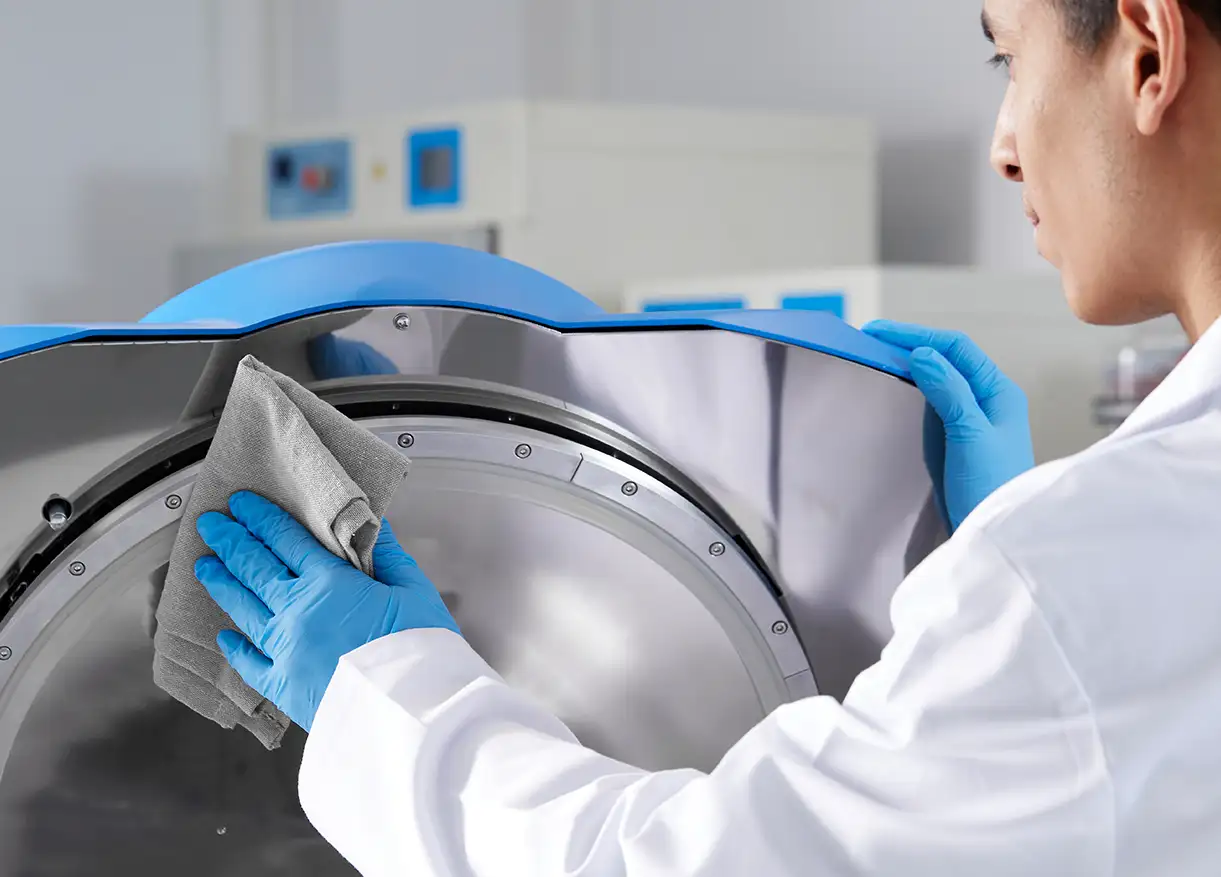
At RAYPA, we recommend conducting a comprehensive annual inspection, focusing on verifying the optimal operation of safety mechanisms, assessing the condition of the door gasket, replacing the bacteriological filter, and performing a meticulous calibration of the temperature probes.
If you have any questions regarding the cleaning or maintenance of your autoclave, do not hesitate to contact us. Our experts are ready to assist you with troubleshooting, training, and supplying high-quality original spare parts.

